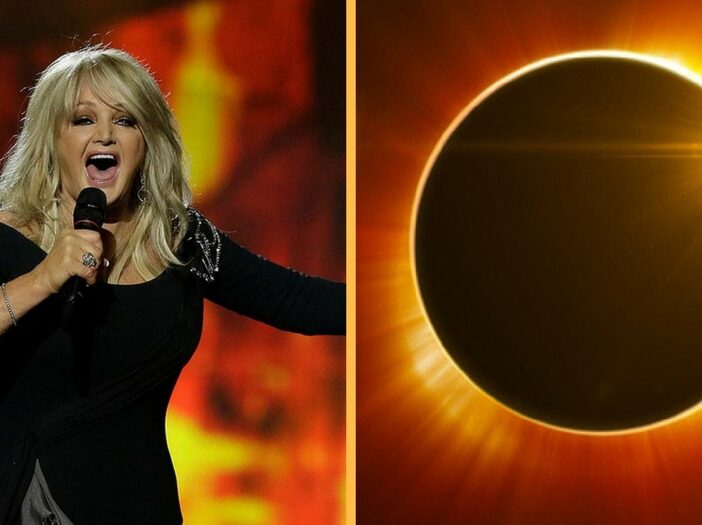
On August 21st, the great American eclipse will descend upon the United States, casting its shadow from coast to coast for the first time since 1918. It’s perhaps one of the biggest astronomical events of the decade. And we are here to help you prepare for it.
Whether you’re traveling to an optimal viewing place or staying put where you live, here’s what you need to know about the big day.

I HAVEN’T BEEN ON THE INTERNET FOR A WHILE. WHAT IS AN ECLIPSE AGAIN?
An eclipse is the serendipitous alignment of the Earth, the Moon, and the Sun. Around every 18 months or so, the Moon passes directly between the Earth and the Sun on its orbit around our planet. It’s a relatively rare occurrence because the Moon doesn’t orbit in the same plane as the Earth and Sun. But when the three bodies line up just right, the Moon covers up the disc of the Sun, and those in the direct path of the Moon’s shadow — called the path of totality — will see the Sun go dark.
“WE’RE AT A UNIQUE POINT WHERE THE MOON CAN PERFECTLY COVER THE DISC OF THE SUN.
You may be thinking, “Hey, the Moon is way smaller than the Sun. How can it cover it up?” Yes, the Sun is roughly 400 times the size of the Moon, but the Moon is 400 times closer to Earth. So they appear about the same size in the sky. “The Moon is small compared to the Sun, but it’s much closer, so we’re at a unique point where the Moon can perfectly cover the disc of the Sun,” Noah Petro, a planetary geologist at NASA’s Goddard Space Flight Center, tells The Verge.
Not all eclipses are the same: sometimes the Sun is totally covered, called a total solar eclipse, and other times the Moon only partially covers the Sun, which is a partial eclipse. And since the Moon’s orbit isn’t perfectly circular, sometimes it’s slightly farther away from the Earth when it passes in front of the Sun. When that happens, it’s an annular eclipse. That’s when the Moon appears slightly smaller than the Sun in the sky and doesn’t completely cover up the solar disc, resulting in a “ring of fire.” There are also hybrid eclipses when an eclipse switches from an annular one to a total one, or vice versa.
This month’s upcoming eclipse is a total solar eclipse, so the Sun will be completely covered.
Continue reading on NEXT page…
